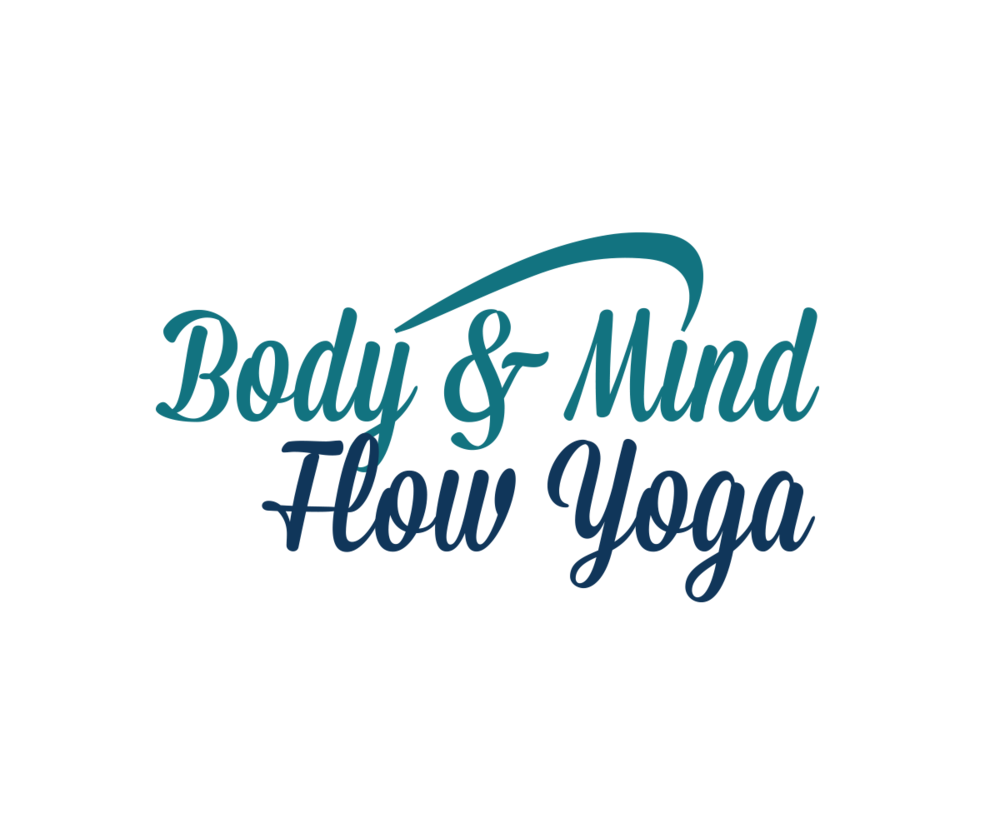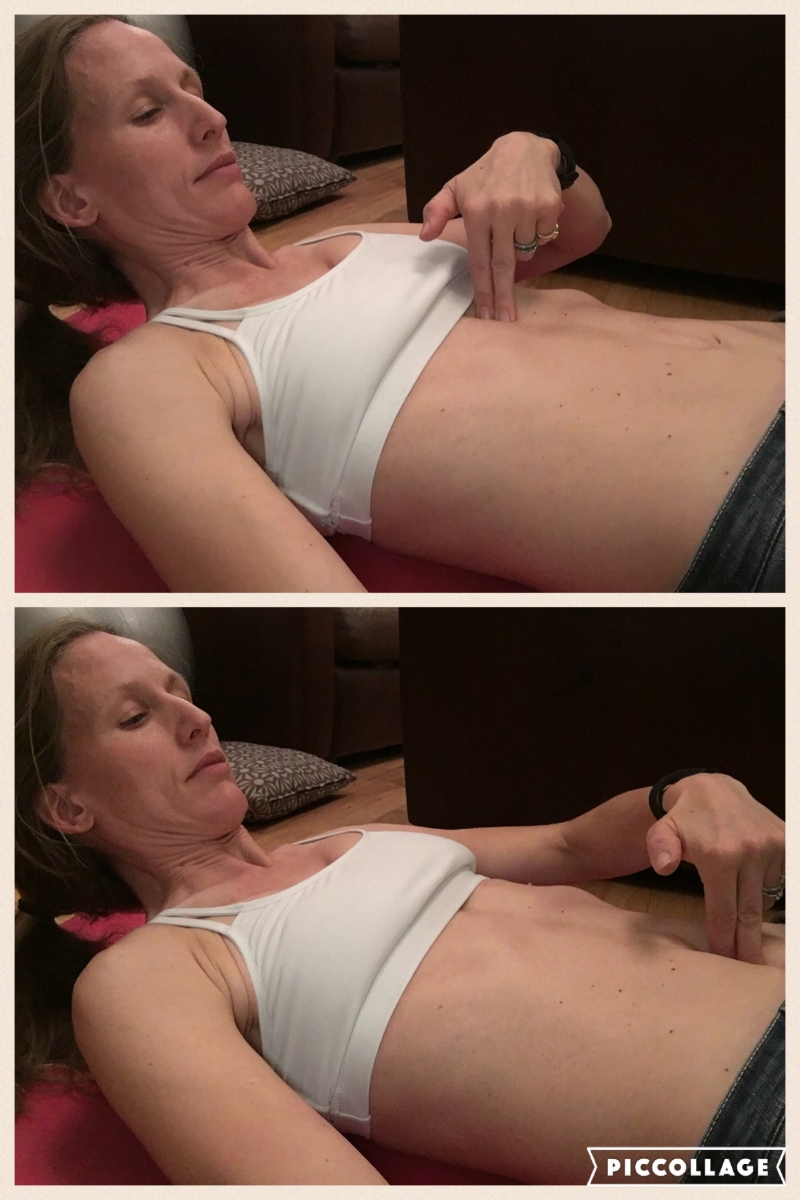Anzac biscuits get their name from Australia and New Zealand Army Corps because these kind of biscuits were sent out by families to the troops. They survive in tins for absolutely ages, don’t mind the heat, survive a bit of sea water along the way and so on. Brilliant biscuits.
They were also the first biscuits that my father learnt to make and they became very popular with the grandchildren, visitors, plumbers, indeed anyone to whom he owed a favour. Hence, in our family, Grandpa biscuits.
So without further ado, here’s the recipe. Very simple. Takes about half an hour to make. As I said, in an airtight container they last AGES (weeks unless you eat them all which is a greater risk tbh).
Grandpa Biscuits / Anzac Biscuits
Set oven to 165oC
Get two bowls
One bowl
250g self raising flour
250g porridge oats
1tsp baking powder
Stir together
Other bowl
250g butter
250g soft brown sugar (ideally light as it’s harder to see when it’s cooked if not)
2 tbsp golden syrup
Melt in microwave & stir together
Then mix two bowls together. Now wait for 10 minutes. Get three baking trays ready with baking paper on them.
When your 10 min timer has gone off, grab golf ball sized amounts of the mixture, squish each one into a firm ball and put it, spaced out on the tray.
Put into the oven for 5 minutes. Then grab a wooden spoon and squish them all flat with the back of a spoon.
Back into the oven for 8 minutes.
When golden around the edge, take it out of the oven. I then pick up the baking paper and put that directly onto a wire rack to cool. You could faff about picking up each one individually with a fish slice but that takes ages. Then eat them.

















